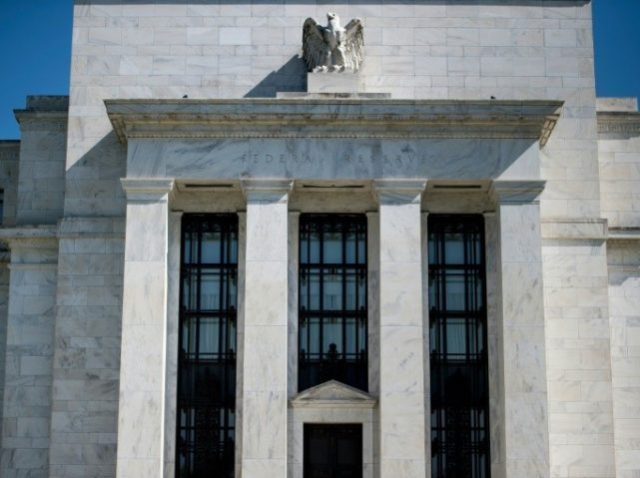America’s largest banks all passed the Federal Reserve’s “stress test,” signaling that they are healthy enough to weather a severe economic downturn and would be able to keep supplying credit to businesses and households in a crisis, according to information released Thursday by the Federal Reserve.
The 35 largest U.S. bank holding companies, which together hold 80% of U.S. banking assets, qualified as “strongly capitalized,” the Fed said. Each of the largest banks would have enough capital to continue to support the economy by lending in the Fed’s stress scenario.
Thursday’s results were the first of a two-step regulatory exercise that will determine if the banks will win the Feds approval for their capital plans, including increases to dividends, share repurchases, and acquisitions. The scores indicate that most of the banks are likely to have their plans to raise dividends approved.
The Fed said the banks would have more capital after the severe stress scenario than they did prior to the last economic downturn.
“Despite a tough scenario and other factors that affected this year’s test, the capital levels of the firms after the hypothetical severe global recession are higher than the actual capital levels of large banks in the years leading up to the most recent recession,” Fed Vice Chairman for Supervision Randal Quarles said in a statement.
The Fed says that it has not eased up on the stress tests, even though the economy appears much healthier than in any period since the financial crisis. According to a senior Fed official, this year’s stress scenarios were the toughest to date.
Although every bank passed the test, bank capital levels were modeled to fall much closer to the regulatory thresholds than they did under last year’s test. Last year, the banks’ collective high-quality capital levels fell to 12.3 percent. This year, it fell to 7.9 percent. The regulatory minimum level is 4.5 percent.
Goldman Sachs came closest to failing on one measure, the supplemental leverage ratio. This compares a bank’s total assets to its capital, without adjustments for risk-weights that require intensive financial modeling. Goldman registered a 3.1 percent supplemental leverage ratio, just a notch above the 3.0 percent minimum. Morgan Stanley was a close second, with a 3.3 percent ratio.

COMMENTS
Please let us know if you're having issues with commenting.